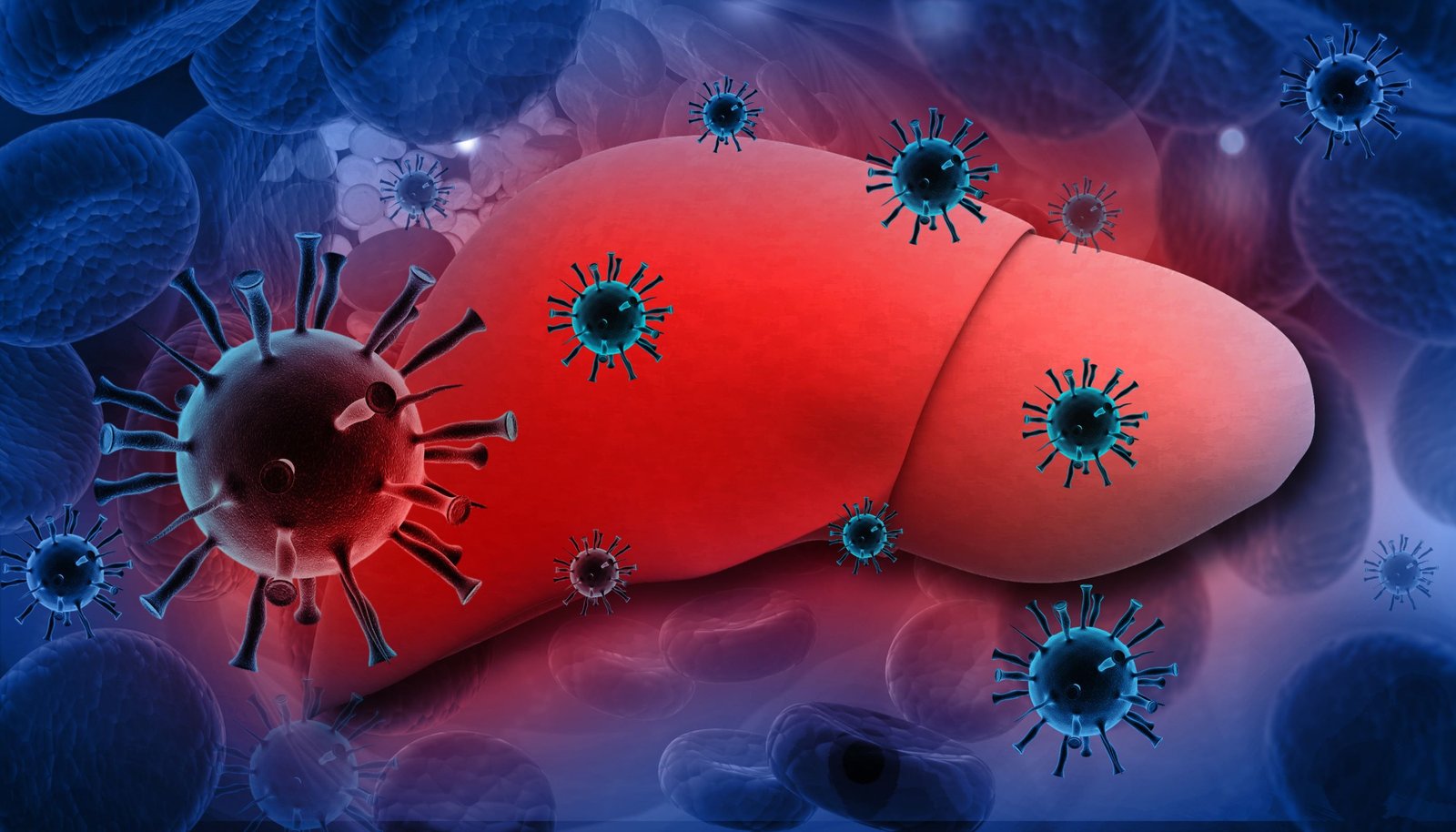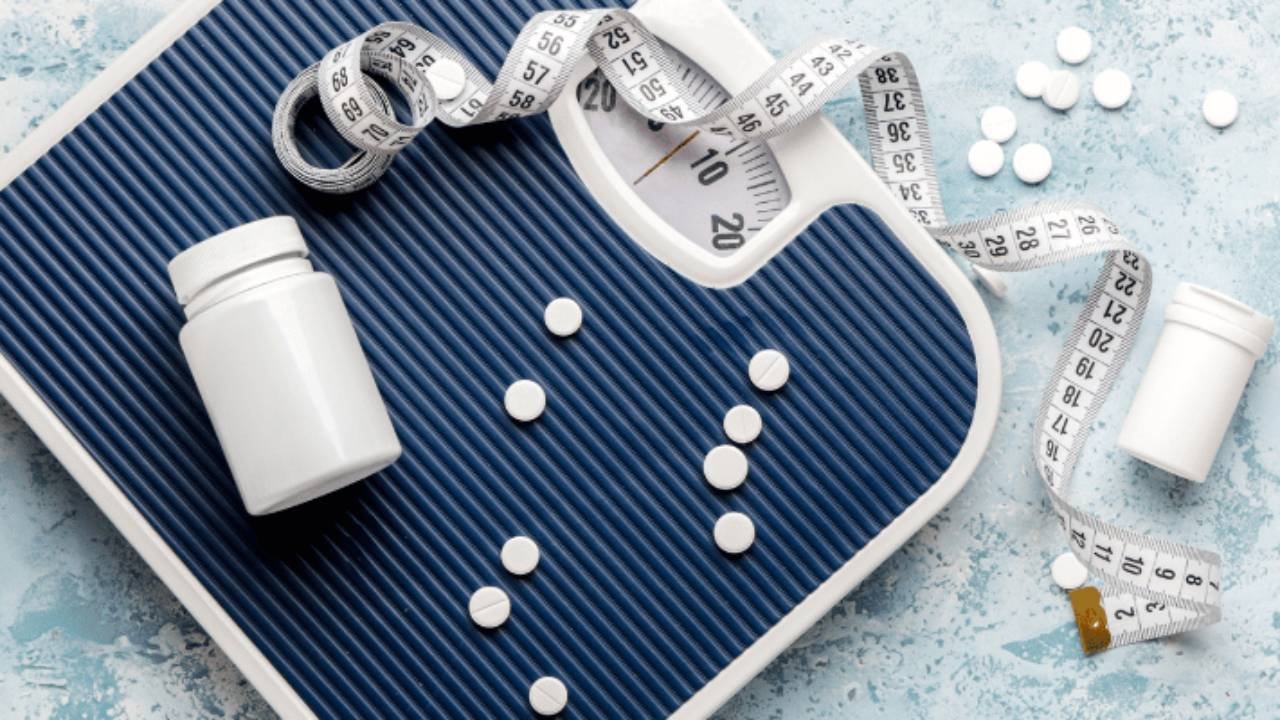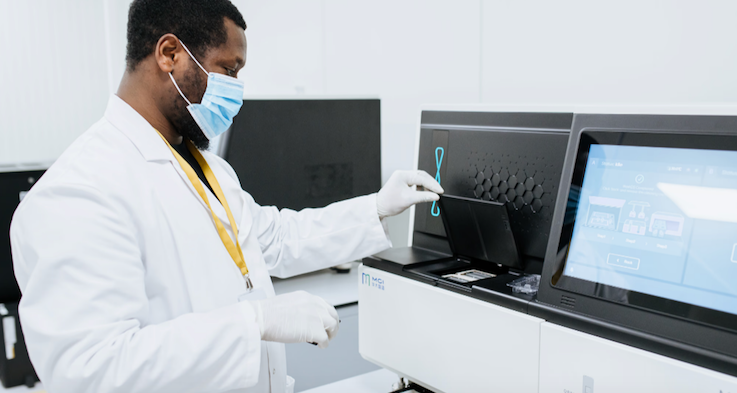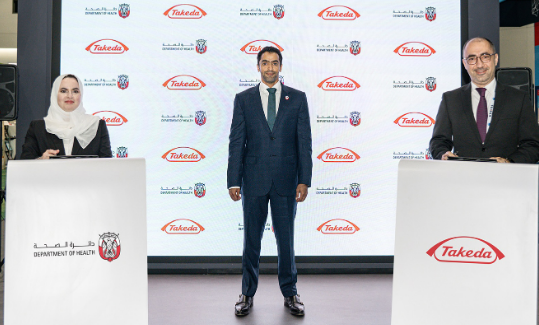J& J Vision presents new data on Silicone Hydrogel Lens
02 May 2018 | News
Crosslink density of ACUVUE® OASYS Brand Contact Lenses 1-Day may affect ease of lens removal during lens wear compared to delefilcon A lenses

Johnson & Johnson Vision presented new data at the Association for Research in Vision and Ophthalmology (ARVO) Annual Meeting in Honolulu, Hawaii.
The data measured how the extent of crosslinking affects muco-adhesion in a laboratory study with corneal epithelial cells and silicone hydrogel materials. Crosslinking describes the bonds between polymer chains in silicone hydrogel contact lenses.
This study was conducted in partnership with the Fuller Research Group in Chemical Engineering at Stanford University.
In the study step strain deformations were applied onto mucin-expressing corneal epithelial cell monolayers in contact with a silicone hydrogel lens.
Four different crosslink densities of senofilcon A were compared, alongside a delefilcon A silicone hydrogel lens.
The study results demonstrated that, generally, as the effective crosslink density of the senofilcon A material is increased, the strength of muco-adhesion decreases.
Interestingly, the delefilcon A lens, which is believed to have a very low crosslink density at its surface due to the nature of its surface coating, had a higher strength of adhesion than ACUVUE® OASYS Brand Contact Lenses 1-Day, which is an un-coated homogeneous material with a higher crosslink density that minimizes muco-adhesion.












